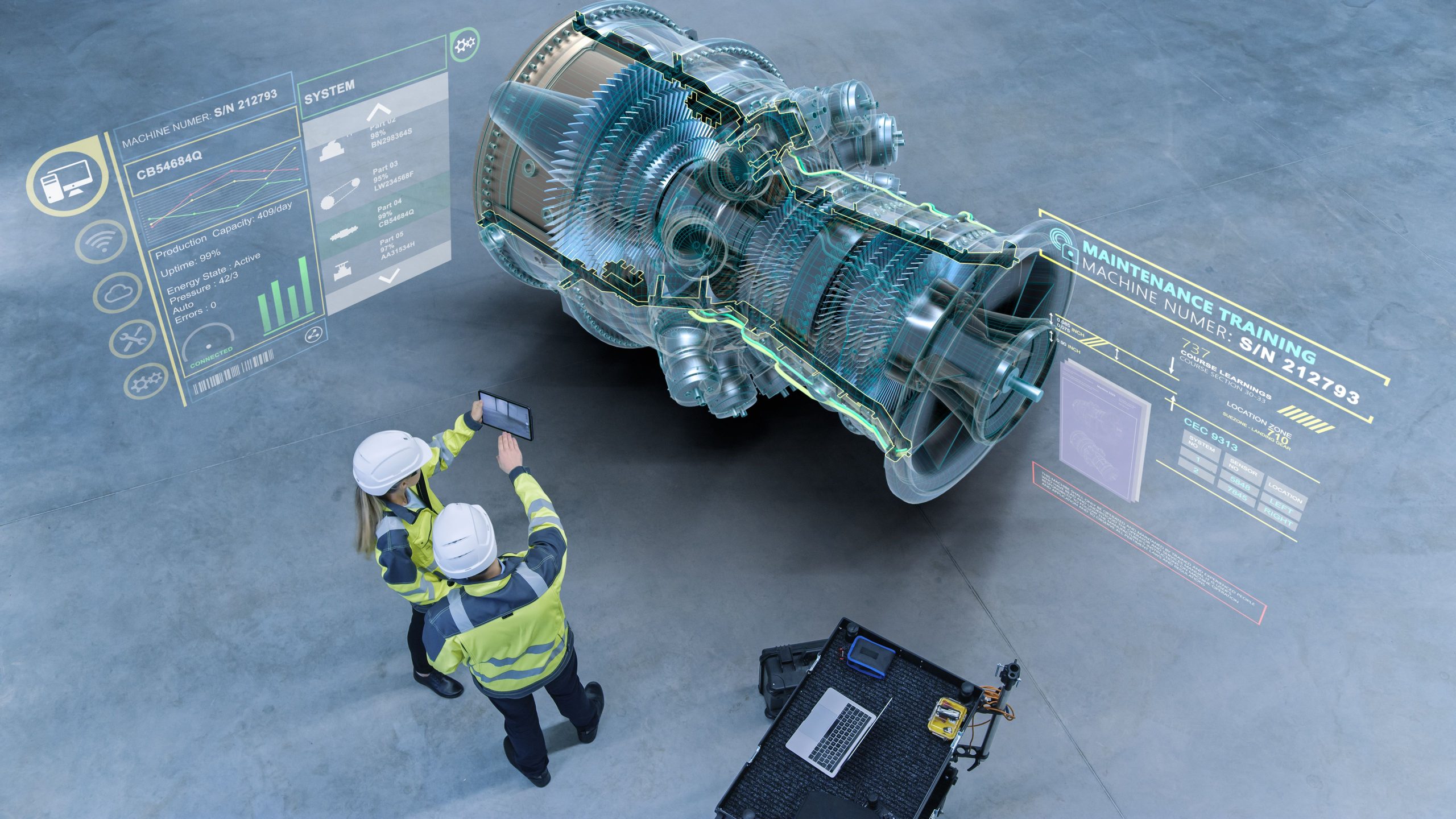Summary
- AI-driven platforms like Flyways are revolutionizing route planning in aviation by identifying less congested flight routes and avoiding adverse weather conditions, resulting in significant fuel savings and reduced carbon emissions.
- AI-powered predictive maintenance systems, such as Lufthansa Technik’s Condition Analytics, utilize sensor data and machine learning algorithms to accurately predict maintenance needs, reducing downtime and operational costs for airlines.
- The technology is set to transform revenue management in the aviation industry by analyzing historical data and optimizing pricing strategies, providing airlines with a competitive edge in a challenging market.
Artificial Intelligence (AI) is poised to play a pivotal role in shaping the future of almost every aspect of the modern world, including aviation. From optimizing flight routes to enhancing maintenance procedures and revolutionizing pricing strategies, AI has the potential to usher in a new era of efficiency and innovation.
1 Enhancing route efficiency
Route planning in aviation is a complex and costly endeavor, accounting for a substantial portion of airlines’ operating expenses. According to the International Air Transport Association (IATA), airlines are expected to spend a staggering $215 billion this year, a significant portion of which can be attributed to route planning, influenced by variables like air traffic congestion, rapidly changing weather patterns, and fluctuating fuel costs.
Photo: J Hopwood / Shutterstock
AI-driven platforms are emerging as game-changers in this domain, accelerating decision-making for operators. These platforms leverage historical data and predictive mechanisms to generate actionable insights.
One such example is Flyways, a platform that uses scheduled and active flight data to identify less congested flight routes and bypass areas with adverse weather conditions. Alaska Airlines has already tested this solution, resulting in savings of 480,000 gallons of fuel and a reduction of 4,600 tons in carbon emissions over six months.
2 Predictive maintenance for engine health
The field of predictive maintenance has long been integral to the aviation industry, with sensors helping airlines identify maintenance needs in advance. AI takes this concept to the next level by utilizing real-time sensor data and predictive historical fault patterns to reduce downtime and overall maintenance costs.
According to a study by the University of Maryland’s Center for Advanced Aviation System Development (CAASD), predictive maintenance can potentially reduce aircraft operational costs by up to 20%.
Lufthansa Technik, for instance, has implemented AI-driven predictive maintenance systems. Their Condition Analytics solution employs machine learning algorithms to analyze sensor data from various aircraft components, predicting maintenance needs with remarkable precision. Additionally, the creation of “digital twins” (perfect virtual replicas of physical components that adapt according to wear and tear) empowers technicians to predict maintenance requirements and detect anomalies more effectively.
3 Dynamic pricing optimization
In the post-COVID aviation landscape, profitability margins per passenger have become razor-thin, with an average profit margin of just $2.25, compared to double-digit figures in 2019, according to IATA. AI is set to revolutionize revenue management by improving the complex task of analyzing historical data and determining the right pricing strategy.
Photo: Markus Mainka / Shutterstock
While larger airlines may opt to develop in-house solutions, AI-driven predictive pricing solutions are already gaining traction. Companies like AirGain offer AI-driven predictive solutions with a vast data lake covering six billion price points. These solutions take into account various factors, including the passenger’s location, to optimize pricing and maximize revenue, offering airlines a competitive edge in a challenging market.
4 Predicting labor strikes
As seen in recent headlines, labor strikes can wreak havoc, not only on passengers’ plans but also on airlines, leading to significant financial losses. Scandinavian Airlines, for one, lost $145 million during a 15-day pilot strike.
Predicting the likelihood of strikes can be a valuable tool for airlines to prepare for potential negotiations and mitigate the impact on operations. AI, with its ability to analyze both technical and sociological data, can be harnessed to develop predictive models for strikes.
Photo: Joe Kunzler | Simple Flying
Models developed by IBM can predict the probability of individual employees leaving their jobs with an impressive accuracy rate of 95%. Such models could be adapted to forecast labor strikes, enabling airlines to take proactive measures and engage in constructive dialogue with employees to avert disruptions.
5 Supporting crew mental health
Mental health is a critical concern in the aviation industry, affecting pilots and crew members who face high levels of stress due to various factors, including circadian rhythm disruptions, turbulence, and onboard emergencies. AI has the potential to play a significant role in monitoring and supporting mental health within the industry.
Photo: Boeing
Regular staff screenings, coupled with AI analysis, can help predict the likelihood of mental health issues exacerbated by exposure to stressful events. Additionally, facial sensing technology, as tested by startups like UK’s Blueskeye AI, can identify fatigue in pilots. This technology represents a move towards individualized fatigue metrics, enhancing the industry’s ability to ensure the mental well-being of its workforce.
Source: AviaSolutionsGroup, Aviation Week, CNBC









